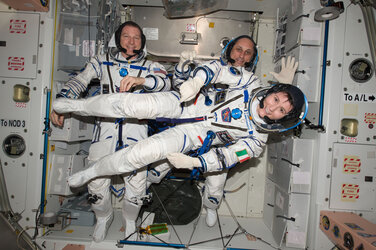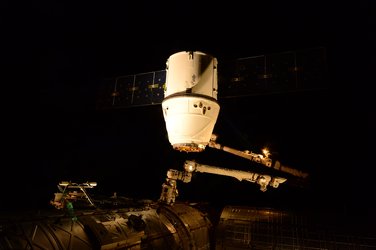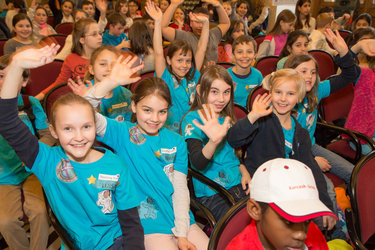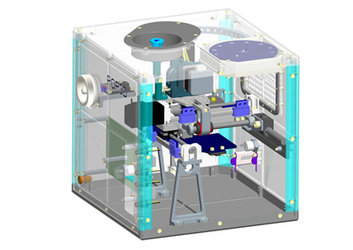Our future astronauts and scientists
The International Space Station is a unique platform for humans to look back on Earth and gain a new perspective. One of ESA astronaut Samantha Cristoforetti’s important duties during her Futura mission was to capture views from space, and share her experience with school children worldwide.
The Space Station is not only our best microgravity laboratory, but also a spectacular adventure playground. Samantha’s educational programme will focused on nutrition and healthy living.
The Futura educational activities stimulated children’s curiosity and encouraged them to think about the importance of nutrition, recycling and keeping fit.
Mission-X

Samantha was the ambassador for the Mission-X 2015 train like an astronaut programme. Eight- to 12-year-olds were challenged to get as fit as an astronaut during a nine-week programme that began in February 2015. Mission-X encourages scientific reasoning and teamwork and involves exercise modules such as ‘Jump for the Moon’ and ‘Do a Spacewalk’. There is place for all children explorers in the Mission-X programme.
ESA teams up with NASA and other space agencies to invite young space explorers to get involved. Following the Mission-X plan, teams of children train to earn points with tasks targeting strength, endurance, coordination, balance and spatial awareness. These points are converted to steps to get the Mission-X mascot, Astro Charlie, to the Moon.
Food from Spirulina


Access the video
How can astronauts sustain themselves on long missions in space and how can we provide food for our growing population on Earth? One answer is to eat out-of-the-box and look at alternative food sources as well as recycling. Mission planners are looking at Spirulina algae to provide a source of protein and at the same time to use up excess carbon dioxide to produce oxygen.
ESA produced educational kits for secondary schools on how Spirulina can be used to recycle exhaled breath to produce food and oxygen. Samantha took questions from children who did this experiment.
Radio contact

Samantha talked to students over old-fashioned radio as part of the Amateur Radio on the International Space Station. Bringing space close to Earth with simple technology, students can ask questions as the outpost passes overhead at 400 km high.


Access the video














 Germany
Germany
 Austria
Austria
 Belgium
Belgium
 Denmark
Denmark
 Spain
Spain
 Estonia
Estonia
 Finland
Finland
 France
France
 Greece
Greece
 Hungary
Hungary
 Ireland
Ireland
 Italy
Italy
 Luxembourg
Luxembourg
 Norway
Norway
 The Netherlands
The Netherlands
 Poland
Poland
 Portugal
Portugal
 Czechia
Czechia
 Romania
Romania
 United Kingdom
United Kingdom
 Slovenia
Slovenia
 Sweden
Sweden
 Switzerland
Switzerland













































